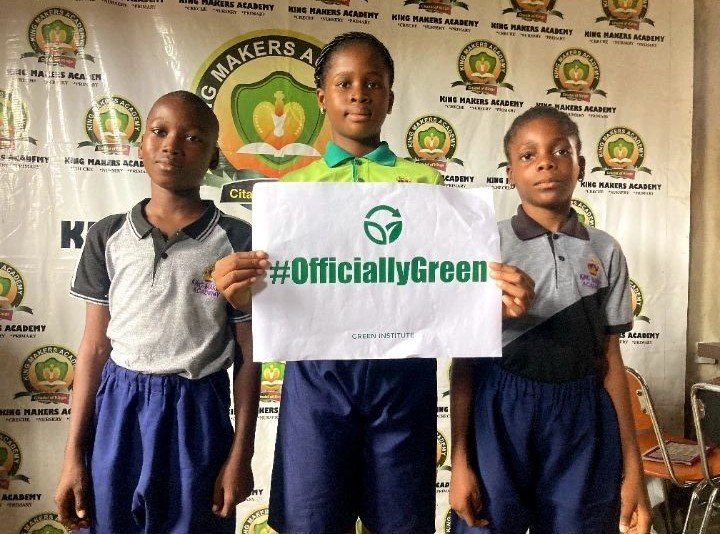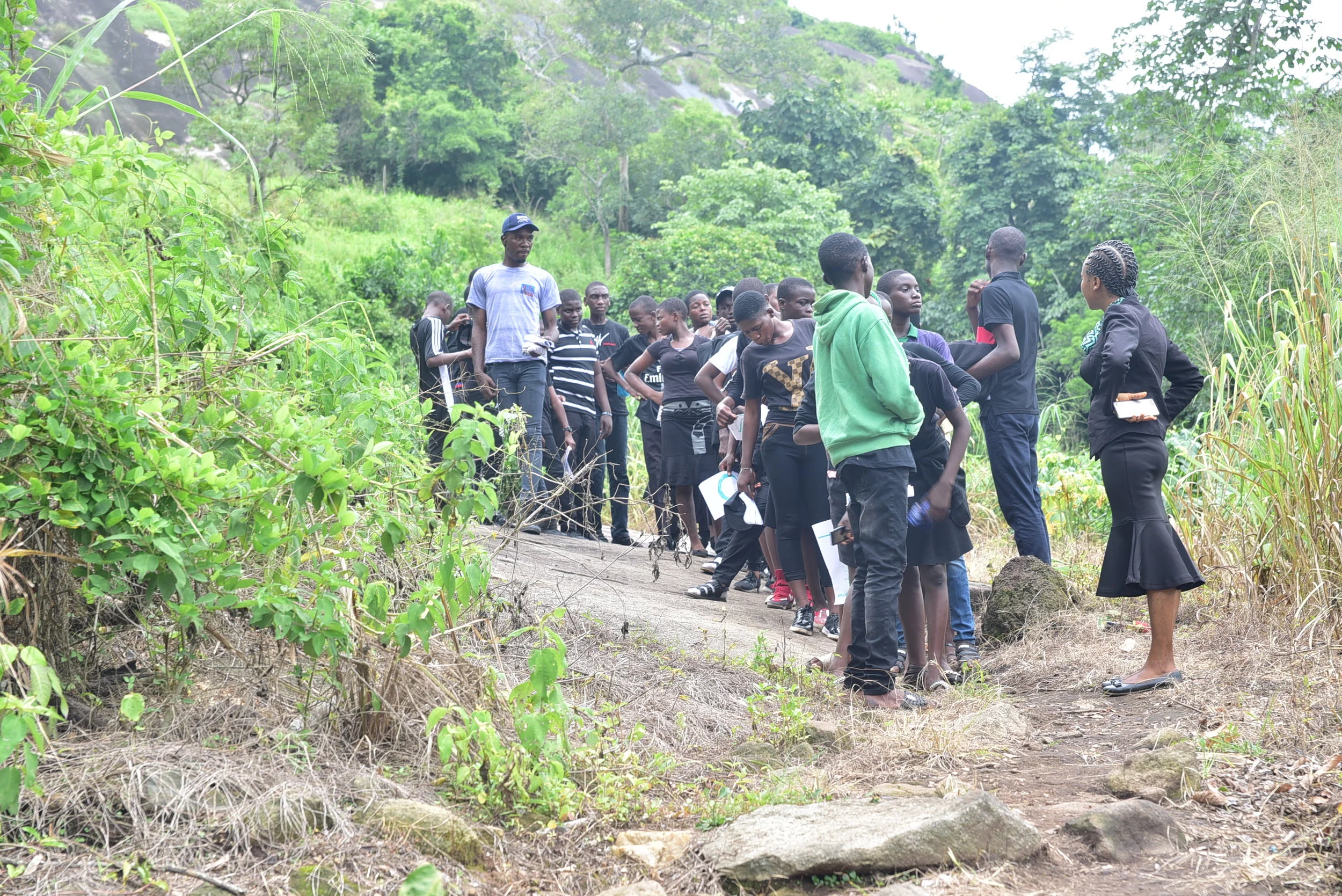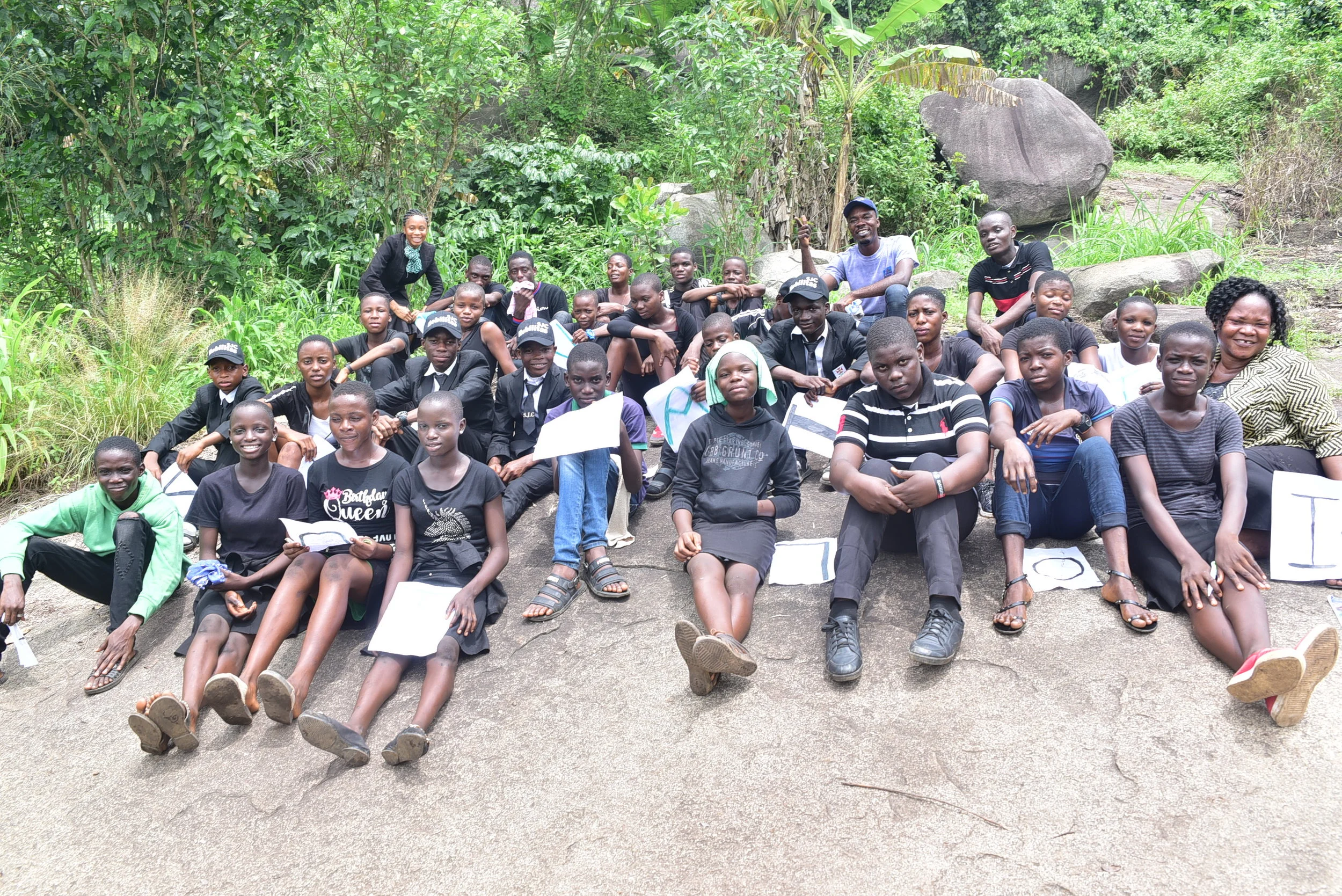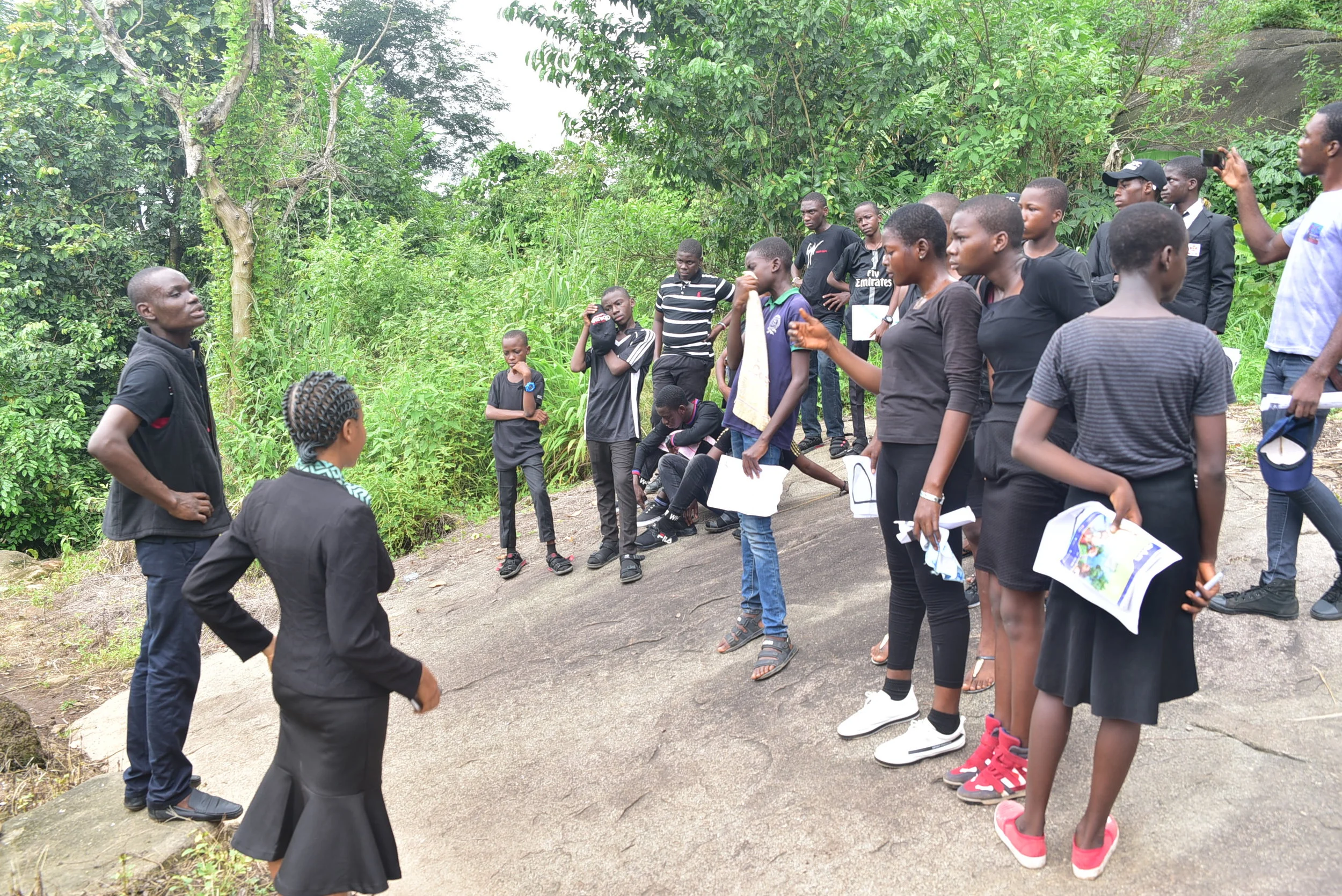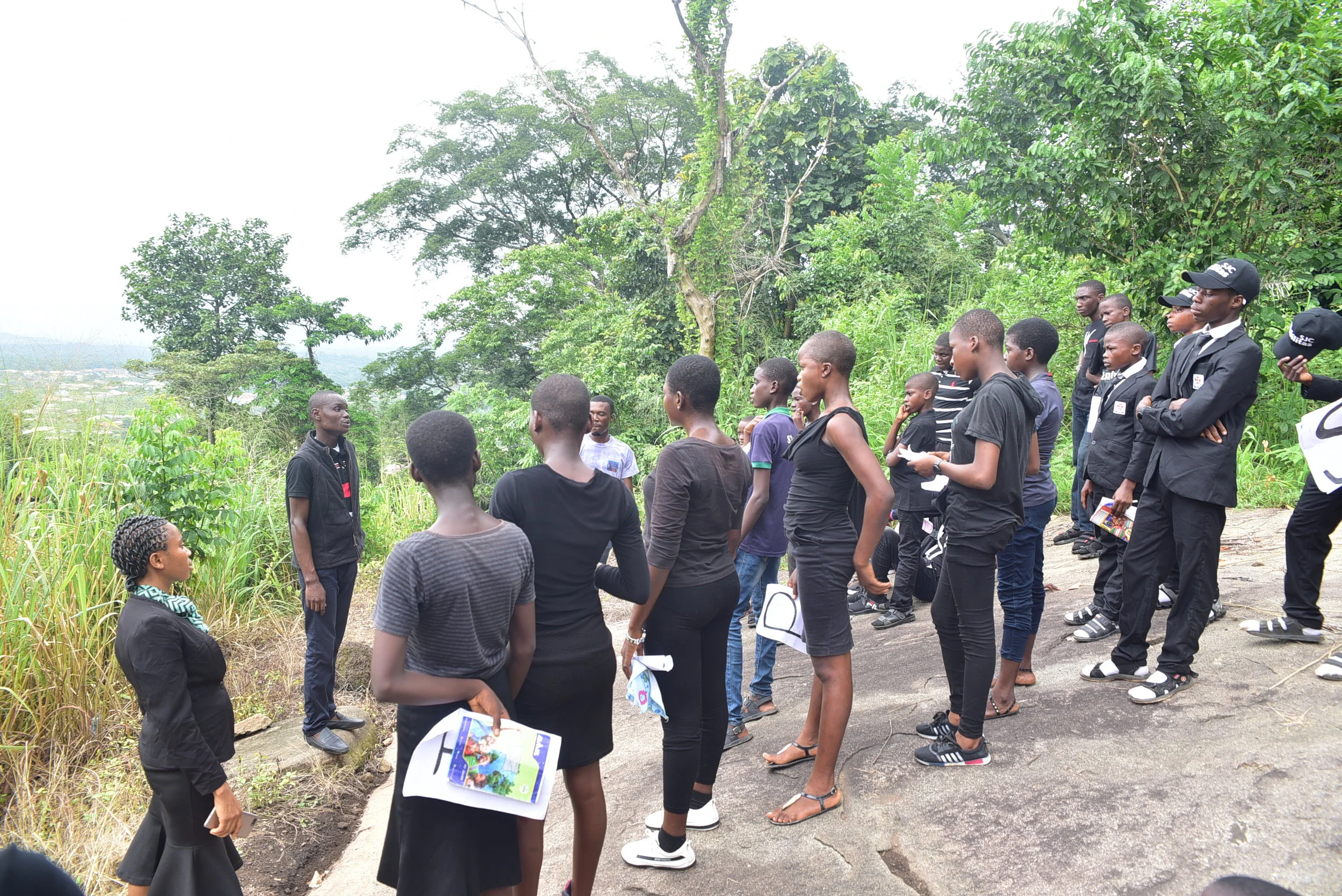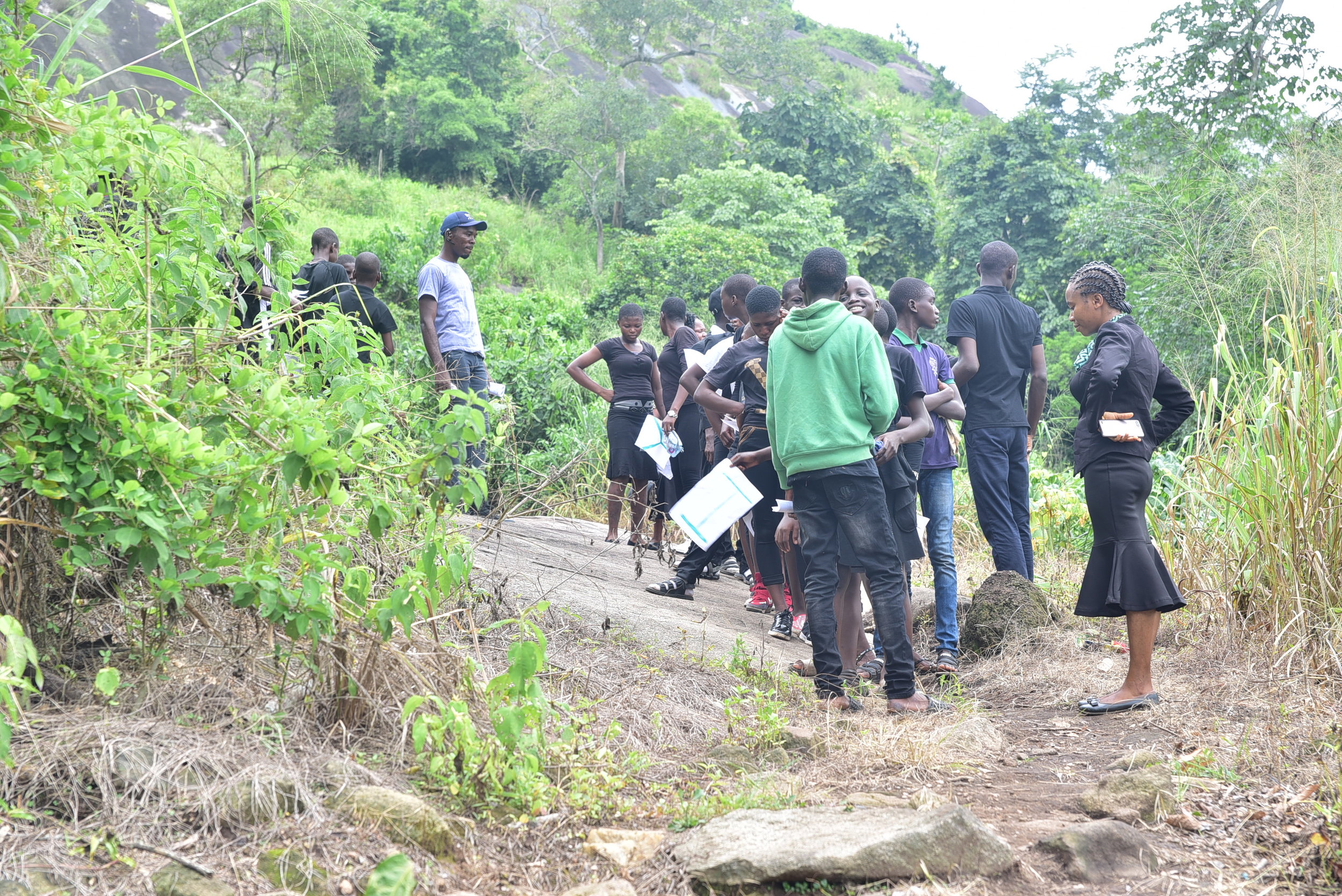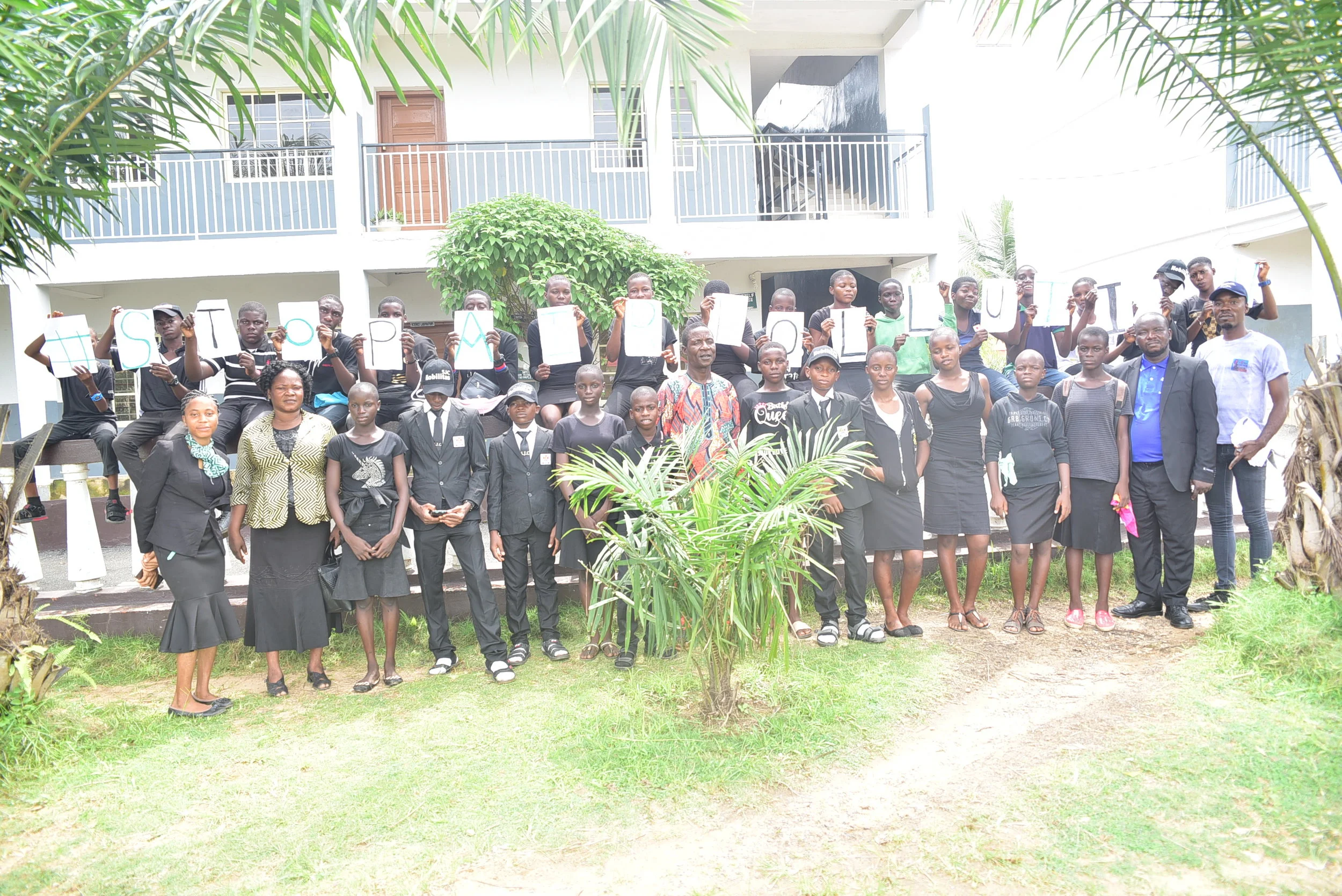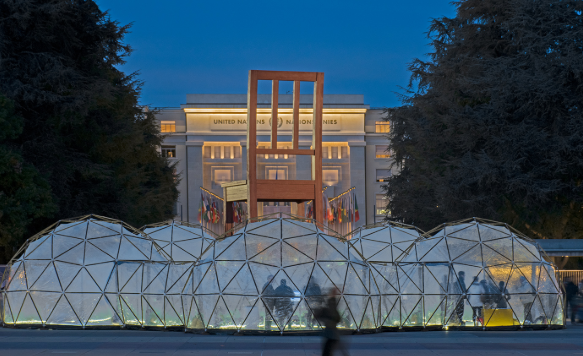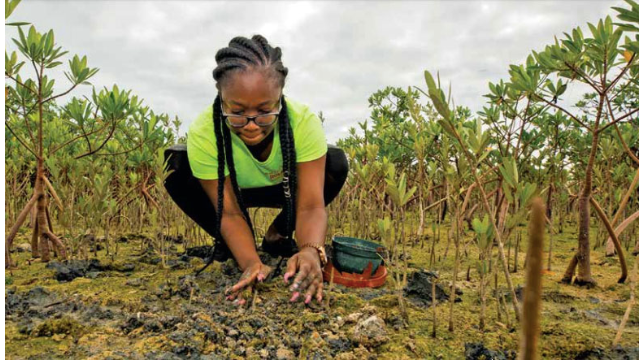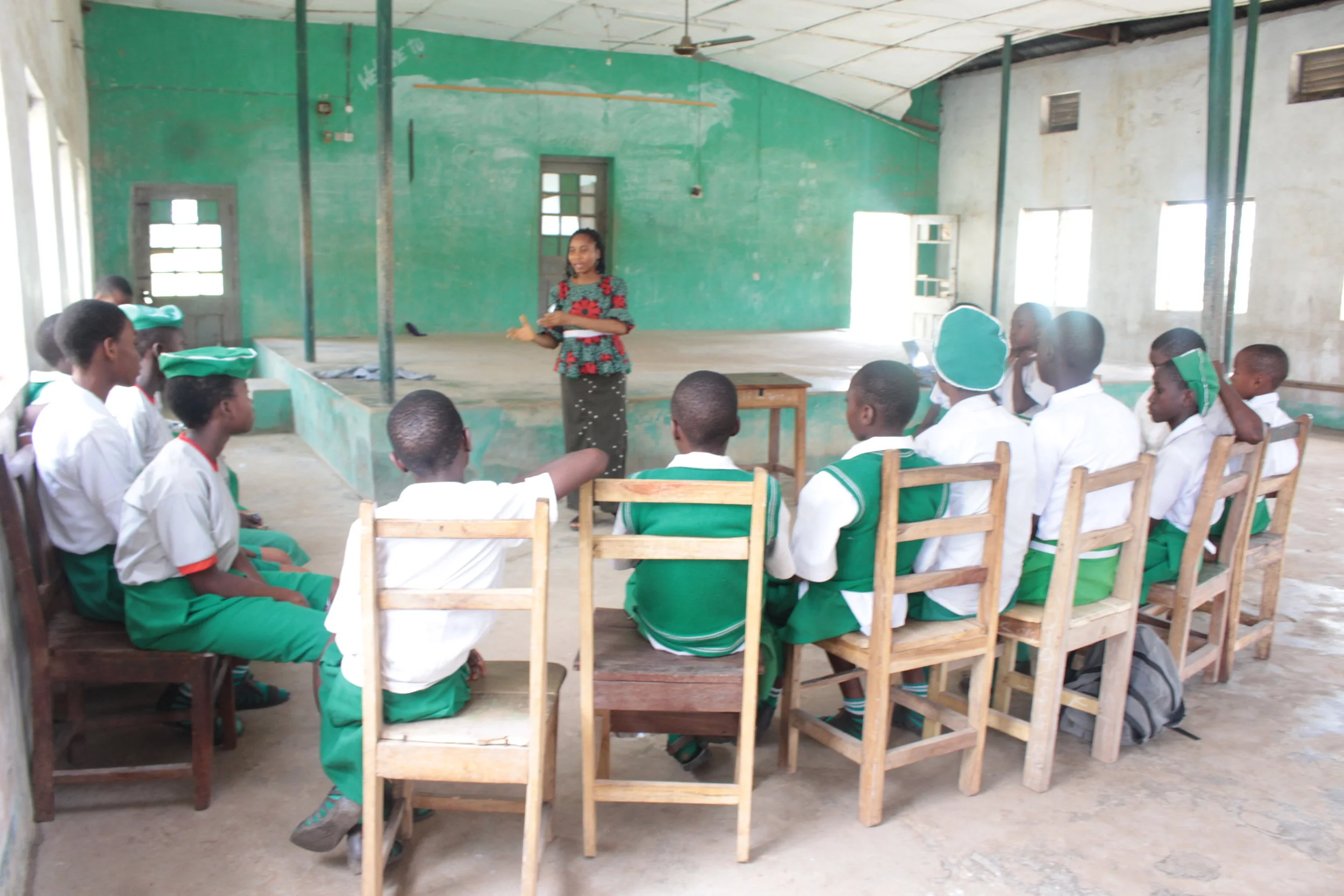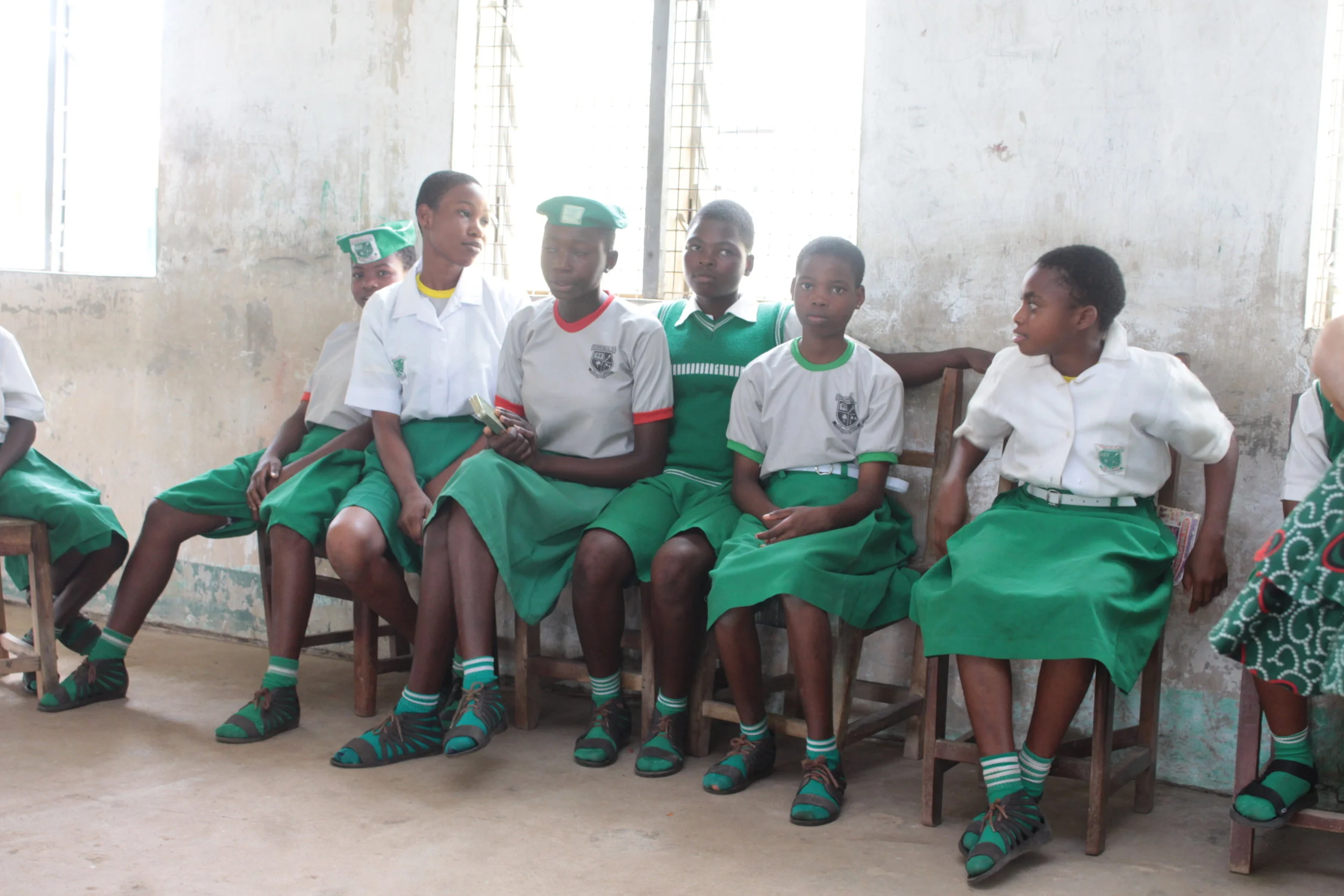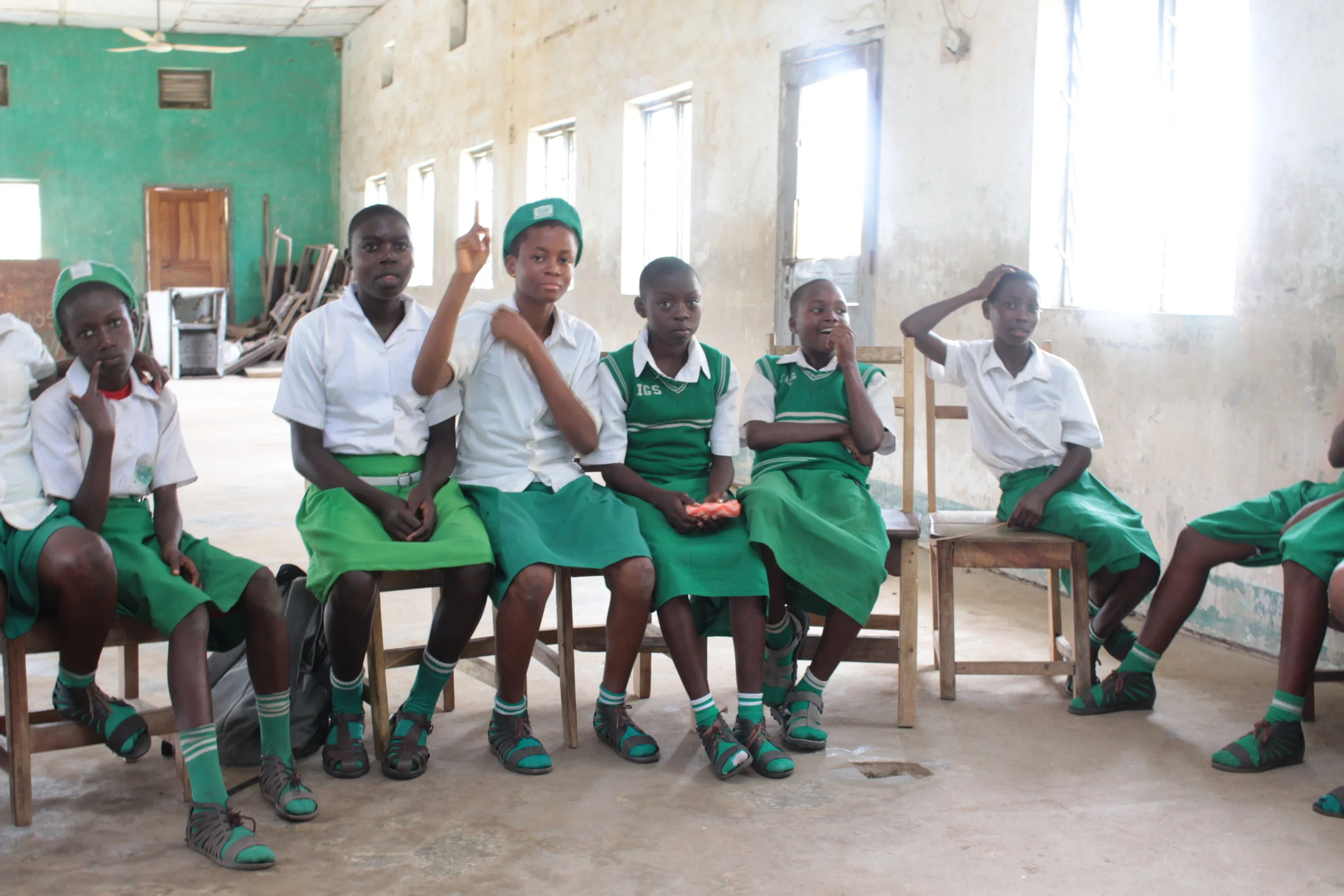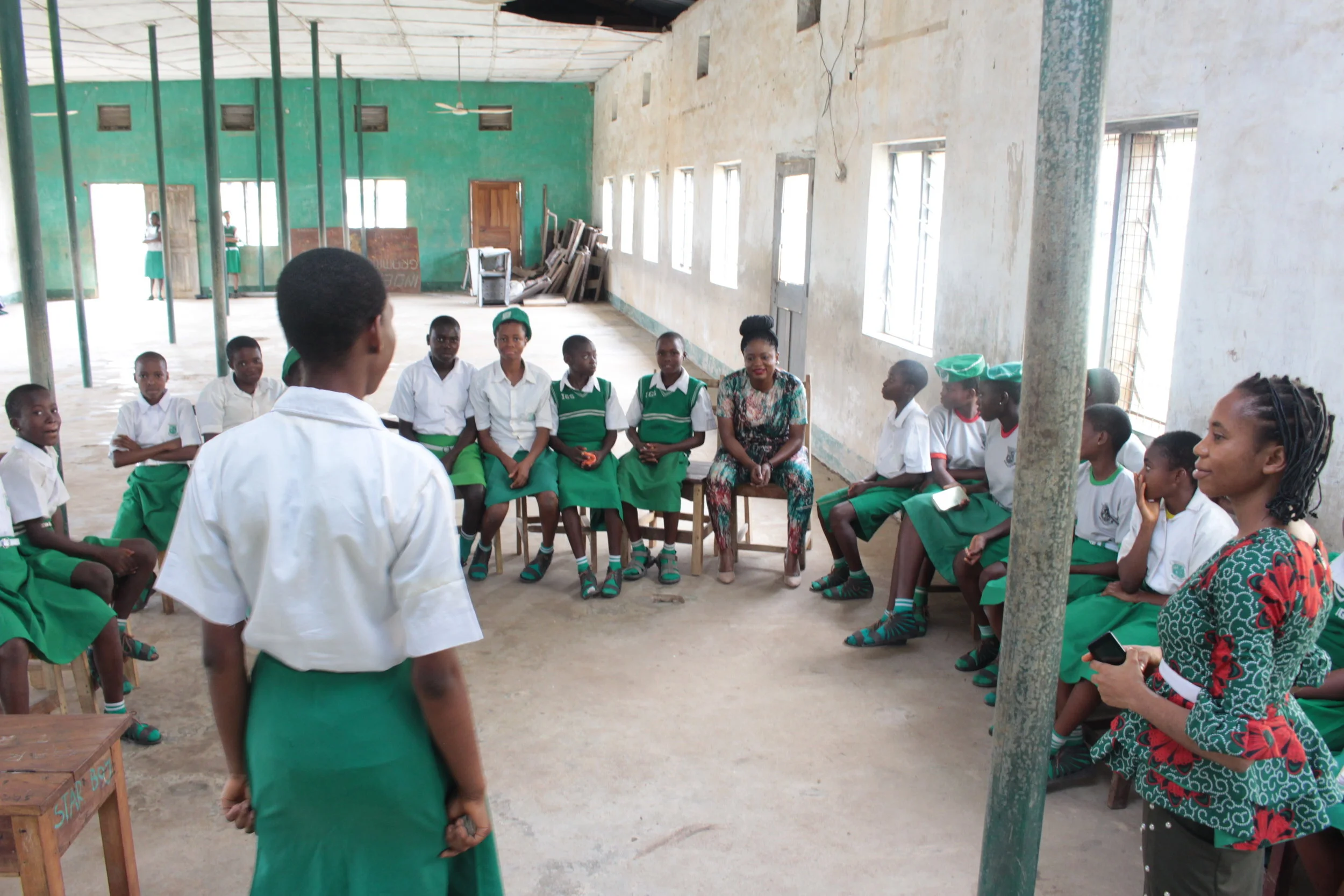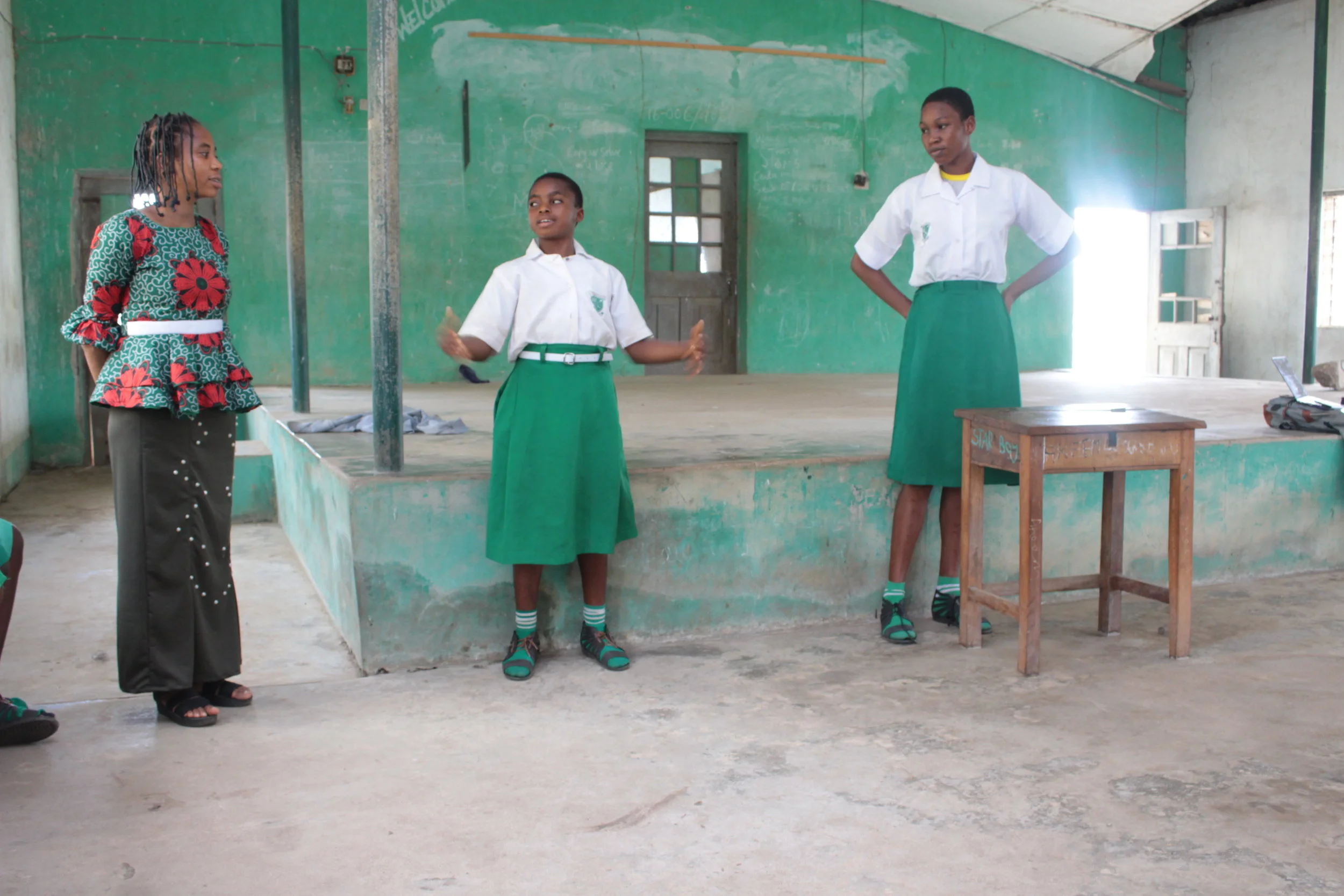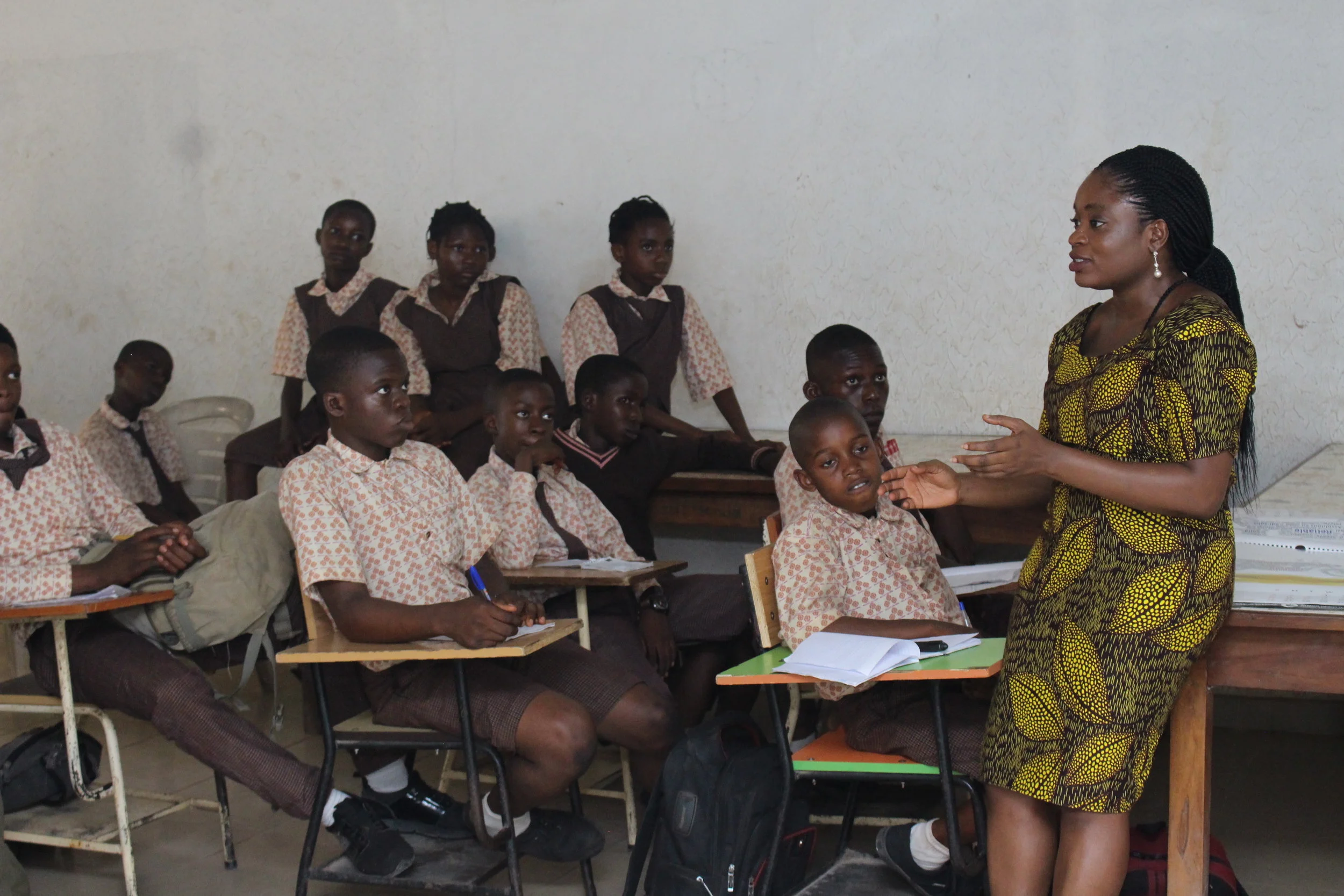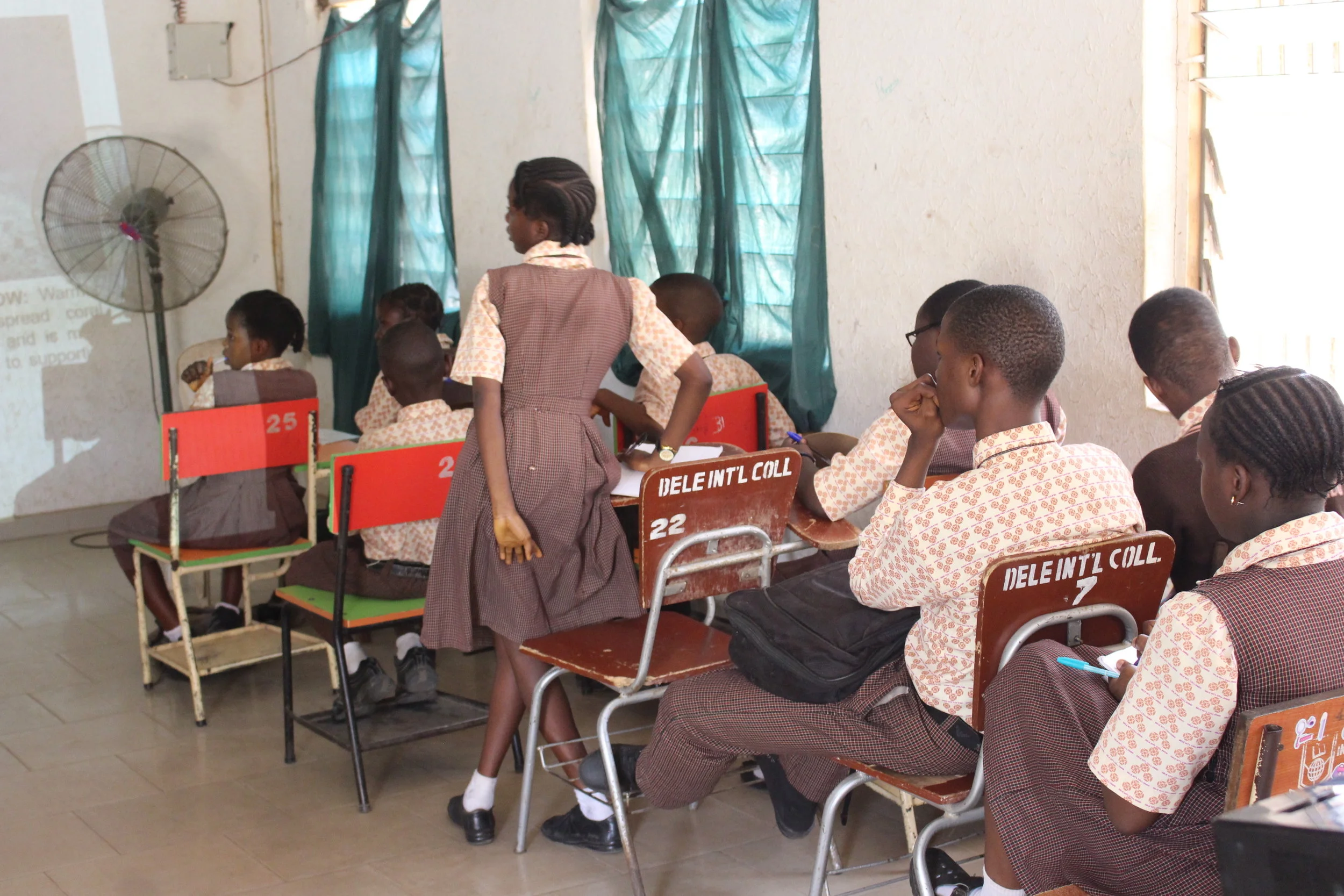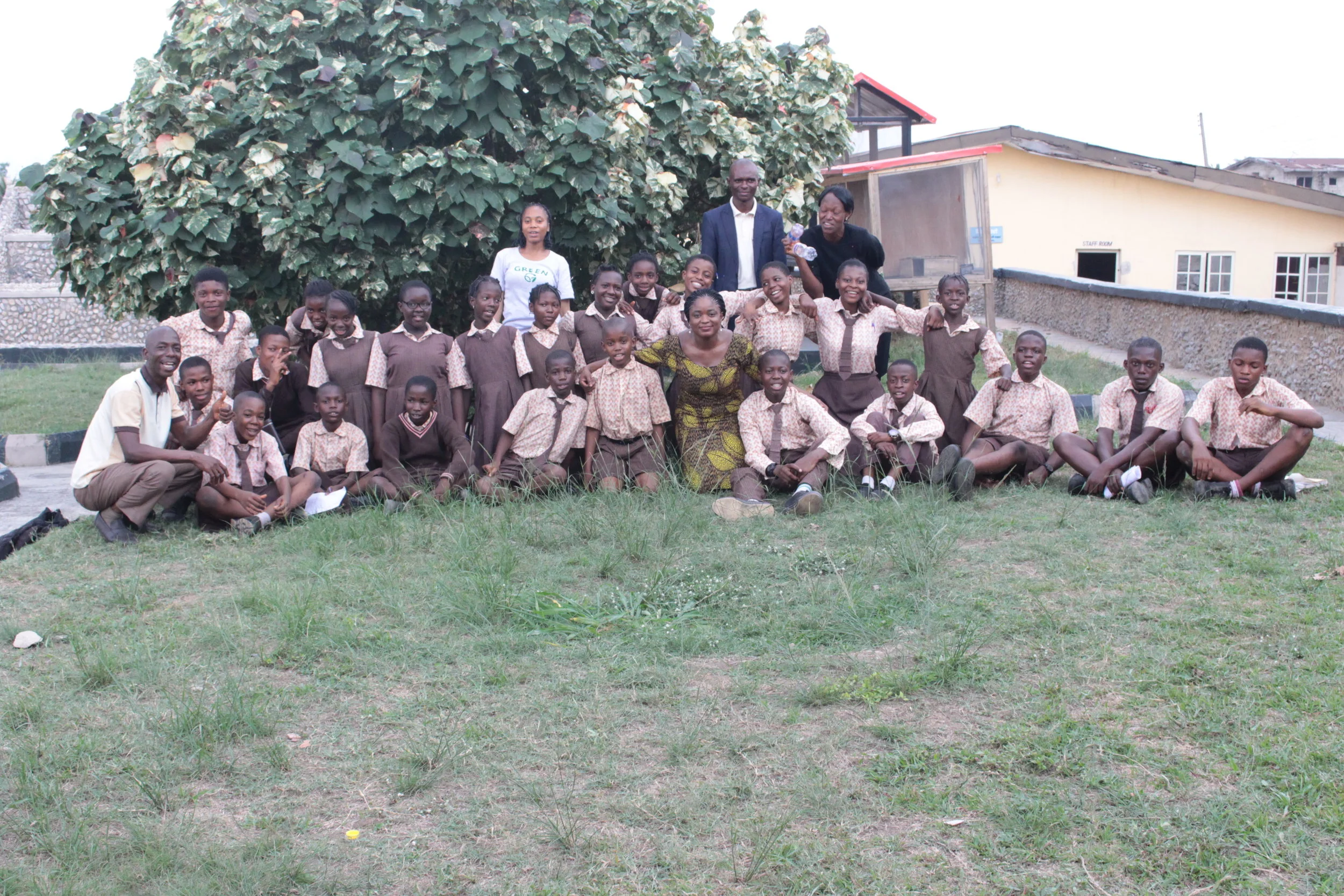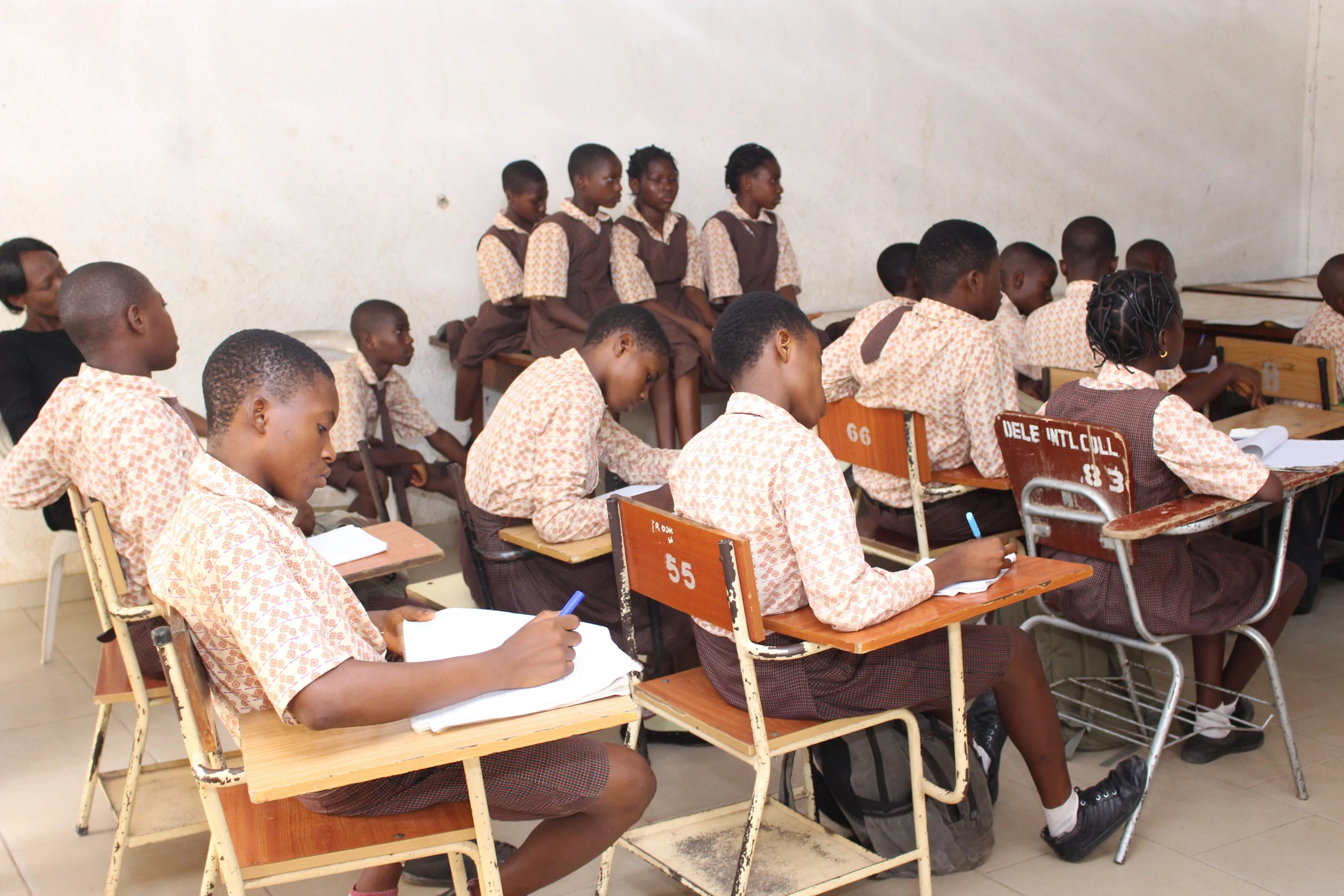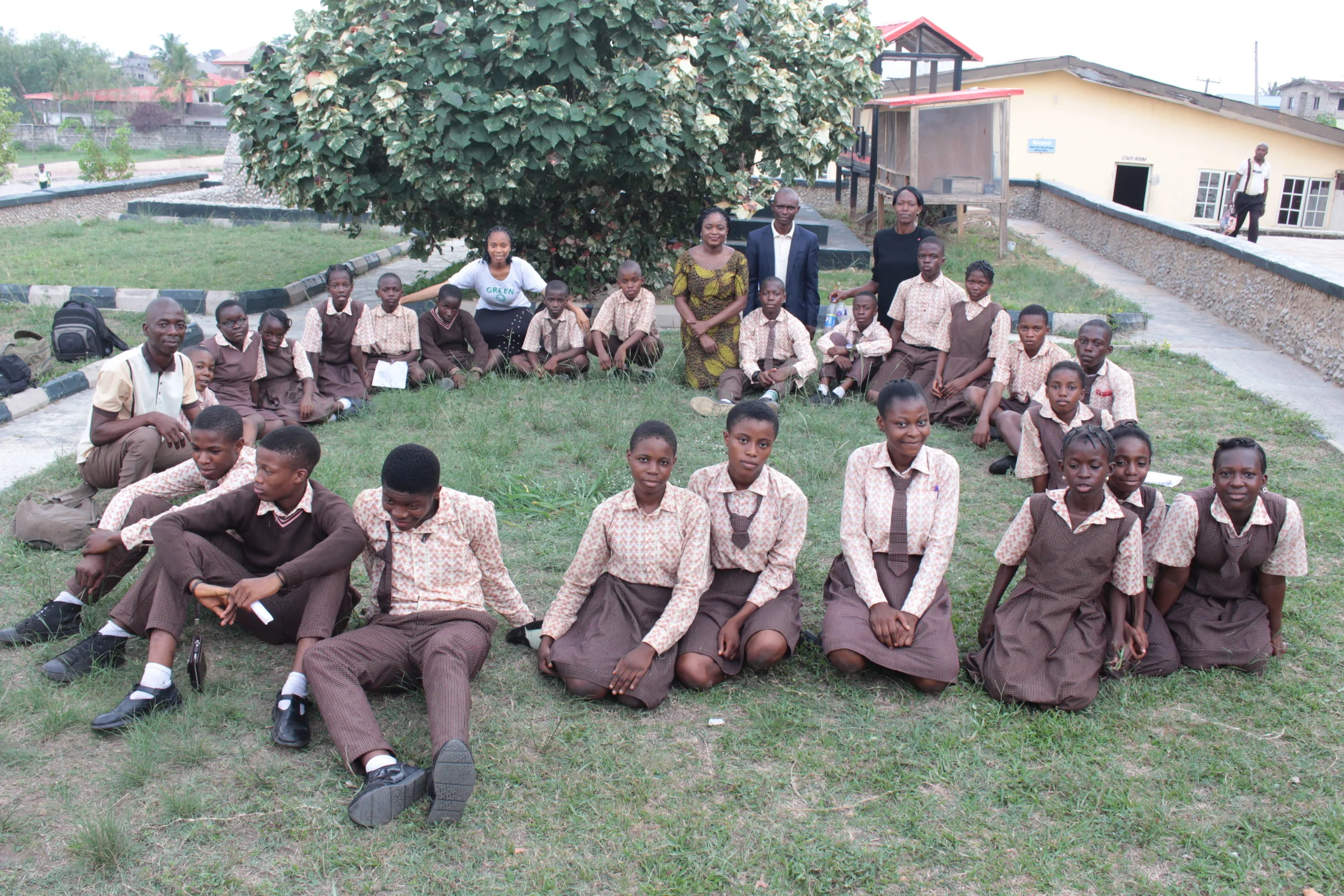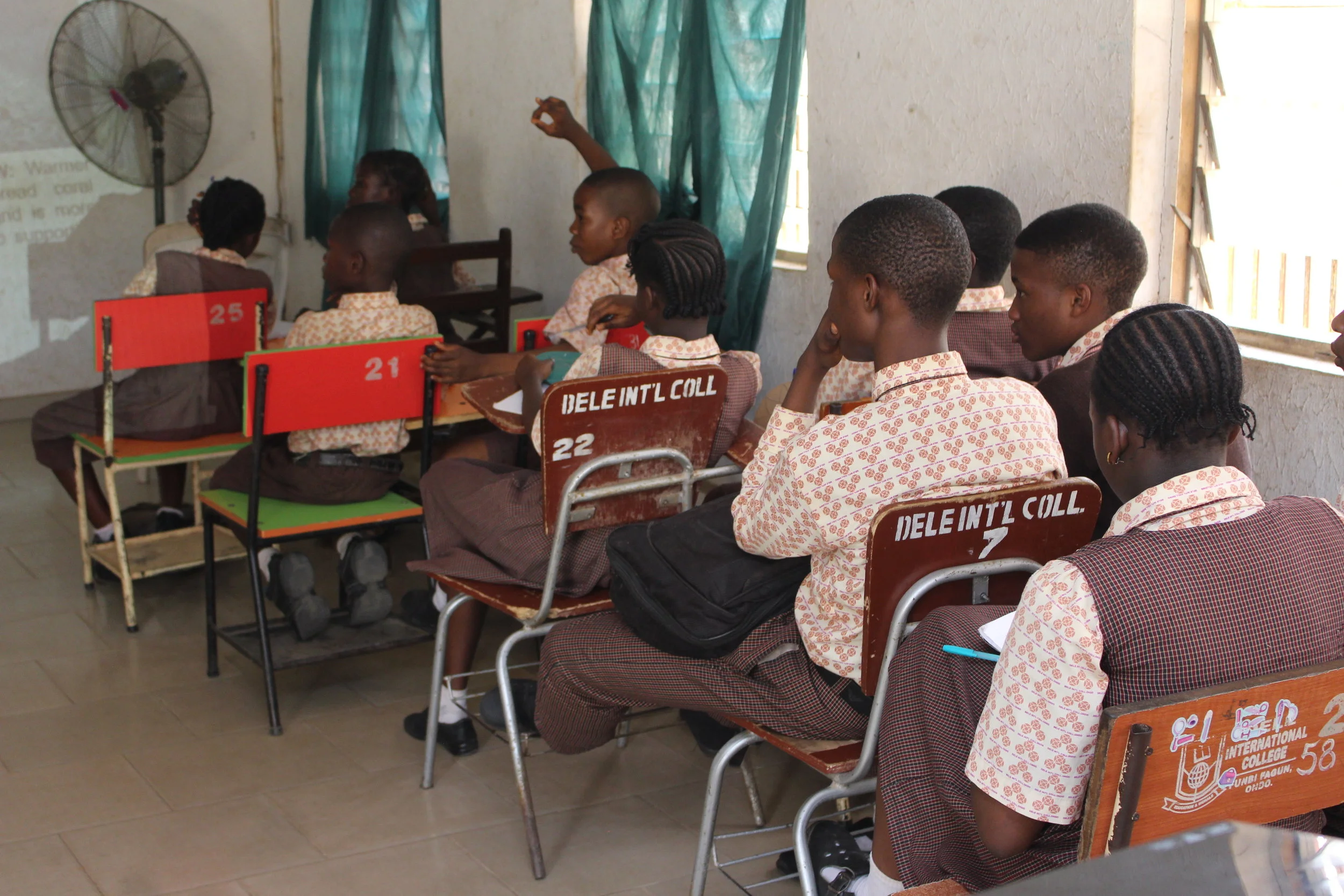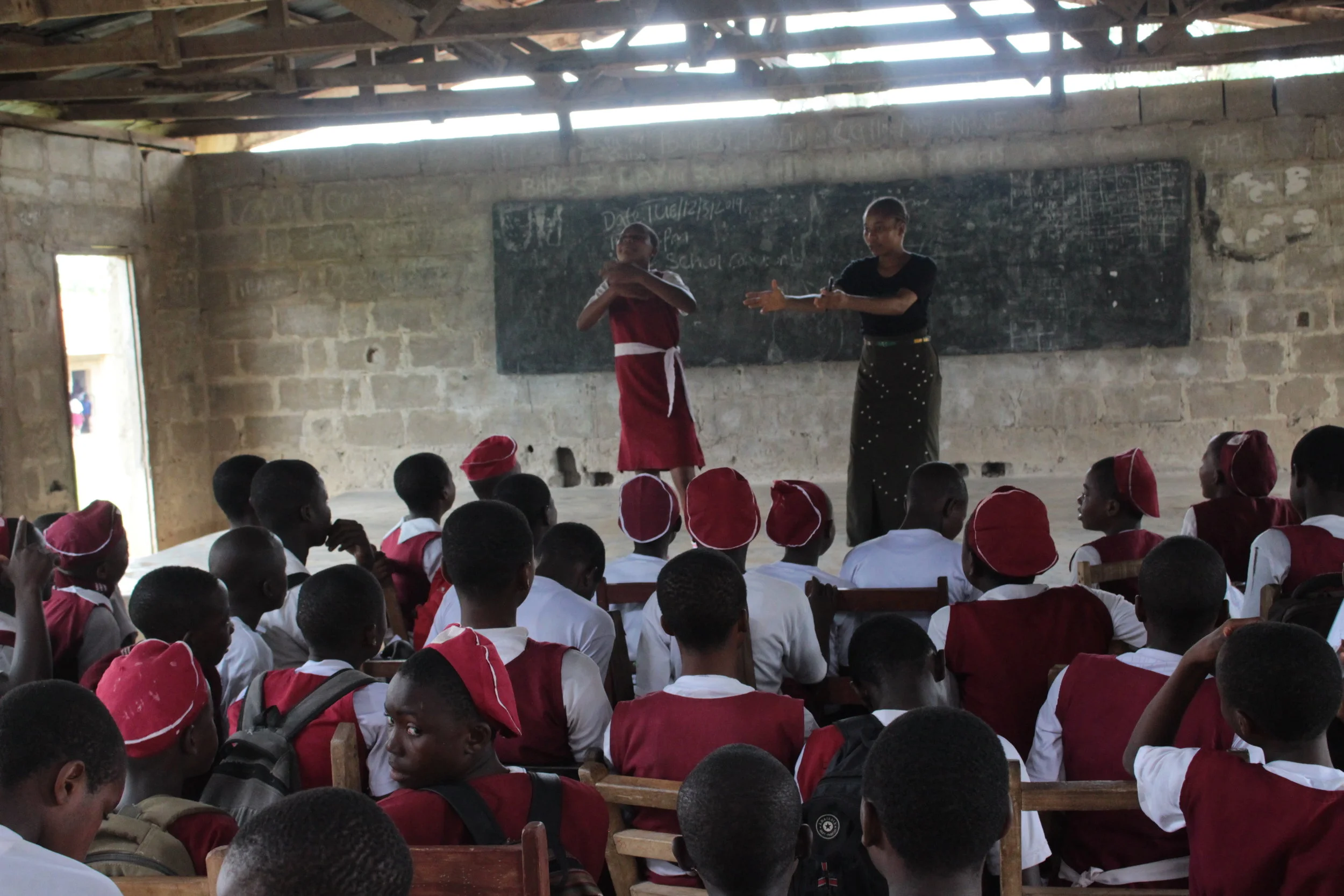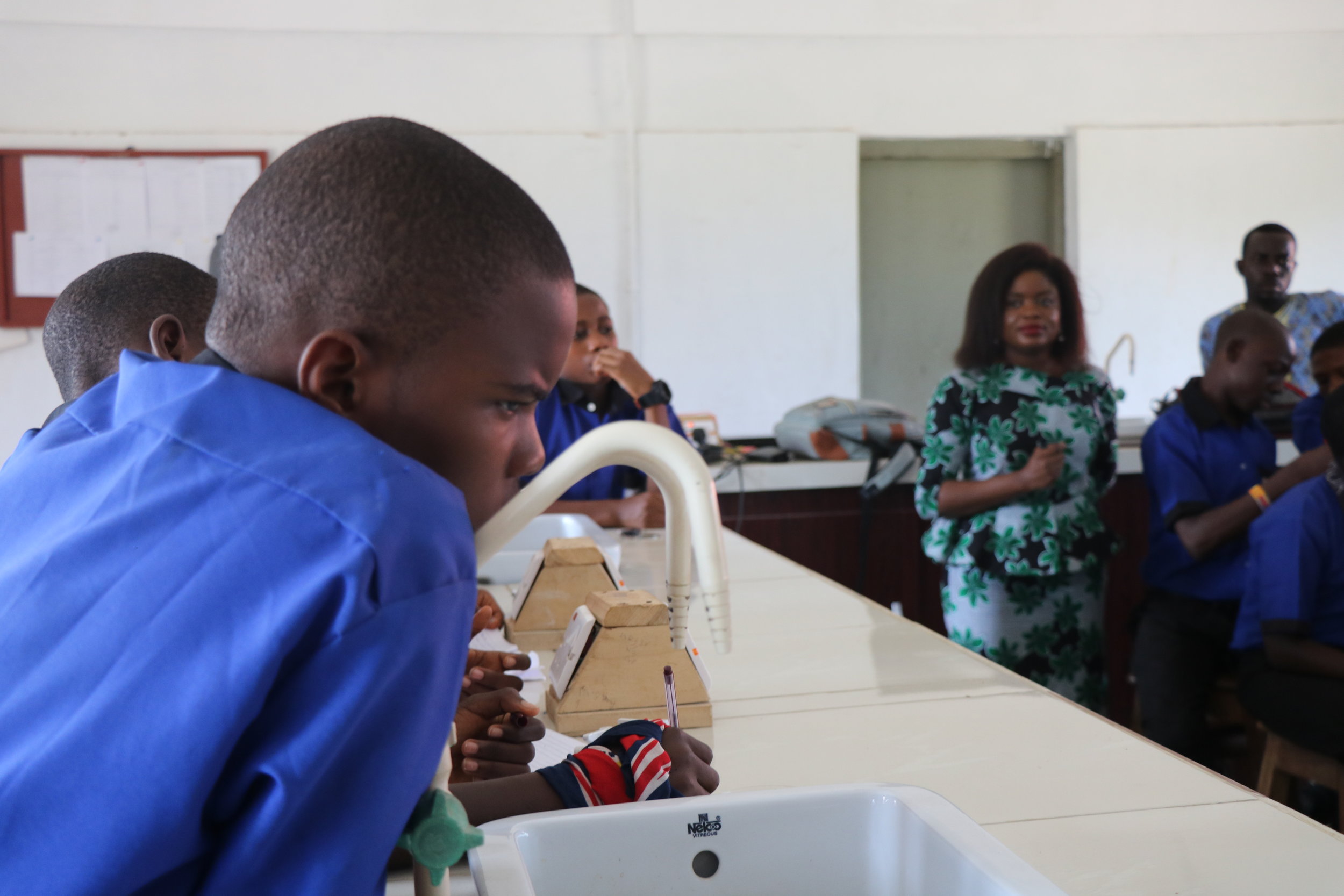THE GREENHQ
At the Green Institute, we believe in transforming passion into purpose, and one of the ways we achieve this is through our Green Fellows program. Every month, our Fellows engage in meaningful community service activities, driven by their commitment to sustainability and positive social impact. This month, we are proud to spotlight the inspiring work of Peter Aboloje, a 2024 Green Fellow, whose journey toward sustainability has struck a deep chord.
Peter, a doctoral student and bioethicist, recently held a campaign awareness program at Kingmakers Academy in Asaba, Delta State, Nigeria. His campaign, focused on Sustainable Living, engaged children from grades 3, 4, and 5. Peter passionately shared key insights on how to live sustainably and the importance of taking care of the environment. The children were encouraged to make small changes that contribute to a healthier planet—simple yet powerful actions like recycling, conserving water, and reducing waste.
Peter's inspiration for this campaign came from a deeply personal place. In his own words:
“Prior to this moment, I had not taken keen effort to connect with the spirit of David Archuleta’s song ’Glorious,’ until I saw a post from Adenike Akinsemolu, the founder of the Green Institute, on LinkedIn, on how it got her through some tough times. I went online to get the lyrics of the song and listened as it played, with my eyes on every word that makes up the lyrics. It was then, with tears in my eyes and goosebumps all over me, I realized that this is MY STORY ALL ALONG.”
Peter’s encounter with this song, which resonated so deeply, marked a turning point in his journey as a Green Fellow. Reflecting on his recent community service, Peter shared how overwhelming peace and joy filled him while speaking to the children:
"Today, as part of my monthly task as a Green Fellow, I held a campaign awareness on the need for 'Sustainable Living' for Grade 3, 4 & 5 children at Kingmakers Academy, Asaba, Delta State, Nigeria. The peace and joy I felt was overwhelming, then I knew indeed I have found the symphony and melody for my life."
Peter's story reminds us of the power of small actions and how they can ripple into profound impacts within our communities. By connecting with young minds and planting the seeds of sustainable living, he is paving the way for a future generation of environmental stewards.
Thank you, Peter, for your dedication and for walking in your purpose. We look forward to seeing more from you and all our Green Fellows in the coming months.
Stay tuned as we continue to feature more inspiring stories from our 2024 Green Fellows. Together, we are building a sustainable future, one community at a time.





